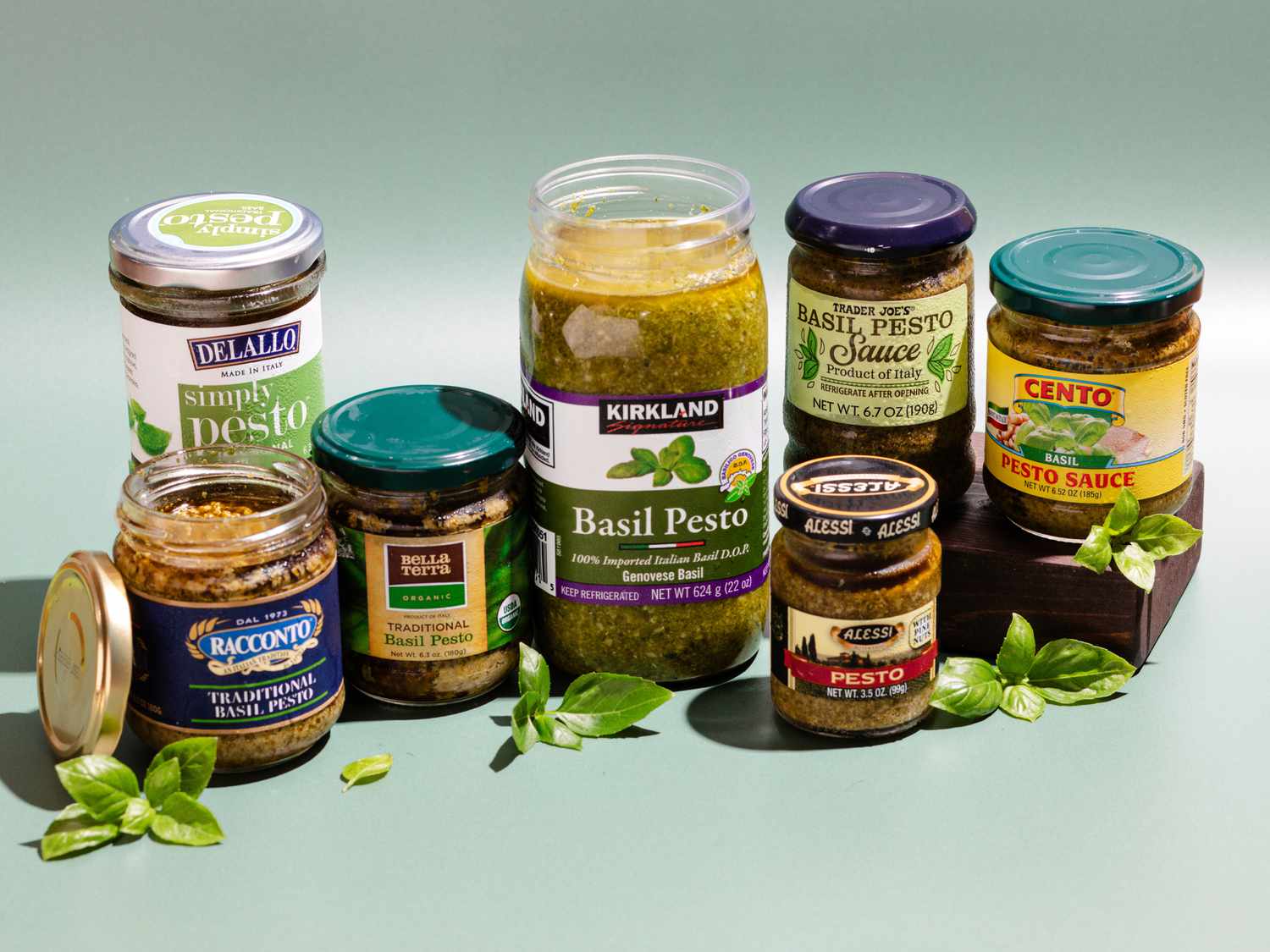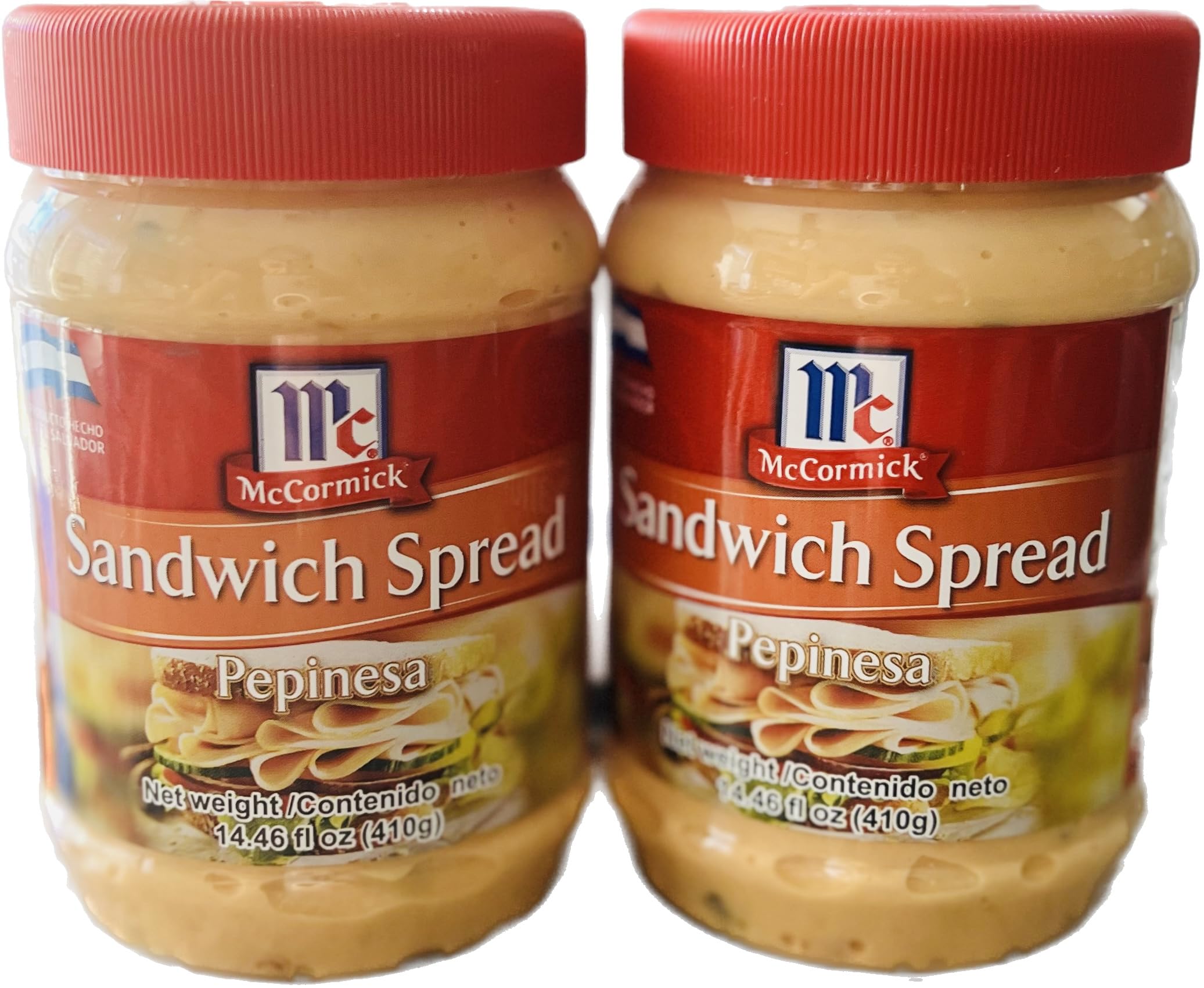The History and Origins of Oxtail Soup
Oxtail soup is a hearty and flavorful dish that has been enjoyed by people around the world for centuries. But where did this delicious soup originate? Let’s take a closer look at the history and origins of oxtail soup.
Early Origins
The origins of oxtail soup can be traced back to ancient times, with evidence of its consumption found in various cultures throughout history. In many traditional cuisines, including Chinese, Jamaican, and Korean, oxtail has been used in soups and stews for generations.
Europe and the Middle Ages
In Europe, oxtail soup has a long history, with recipes dating back to the Middle Ages. During this time, oxtail was considered a “poor man’s food” and was often used in soups and stews to make the most of the available ingredients. Oxtail soup became a staple in many European households, known for its rich and hearty flavor.
Colonial Influence
During the era of European colonization, oxtail soup spread to various parts of the world, including the Caribbean and parts of Africa. In these regions, oxtail soup became a popular dish, often incorporating local spices and ingredients to create unique and flavorful variations of the traditional soup.
Modern Adaptations
Today, oxtail soup continues to be enjoyed in diverse cultures around the globe. It has also gained popularity in fine dining establishments, where chefs have elevated the dish by adding gourmet touches and presenting it in creative ways.
Health Benefits
Aside from its delicious taste and rich history, oxtail soup also offers several health benefits. Oxtail is a good source of protein and contains essential nutrients such as iron, which is important for maintaining healthy blood levels. Additionally, the collagen found in oxtail can contribute to joint health and skin elasticity.
Conclusion
So, what is the origin of oxtail soup? It’s a dish with a long and diverse history, originating in ancient times and evolving through different cultures and time periods. Whether enjoyed for its rich flavor, cultural significance, or health benefits, oxtail soup continues to hold a special place in the world of culinary traditions.
Next time you savor a bowl of oxtail soup, take a moment to appreciate the centuries of history and tradition that have contributed to this beloved dish.
Was this page helpful?
Read Next: What Is Pork Cheek Meat?











